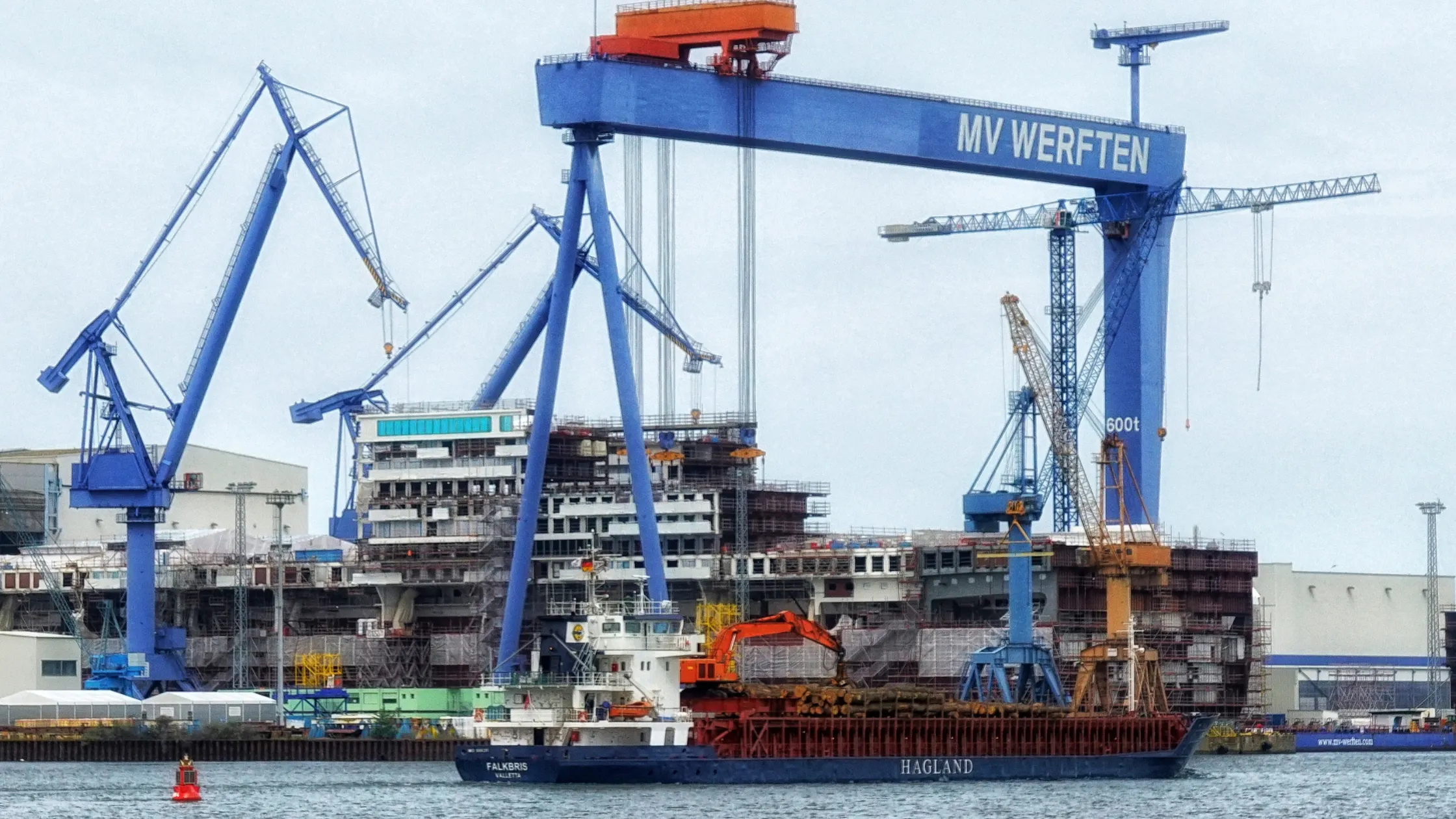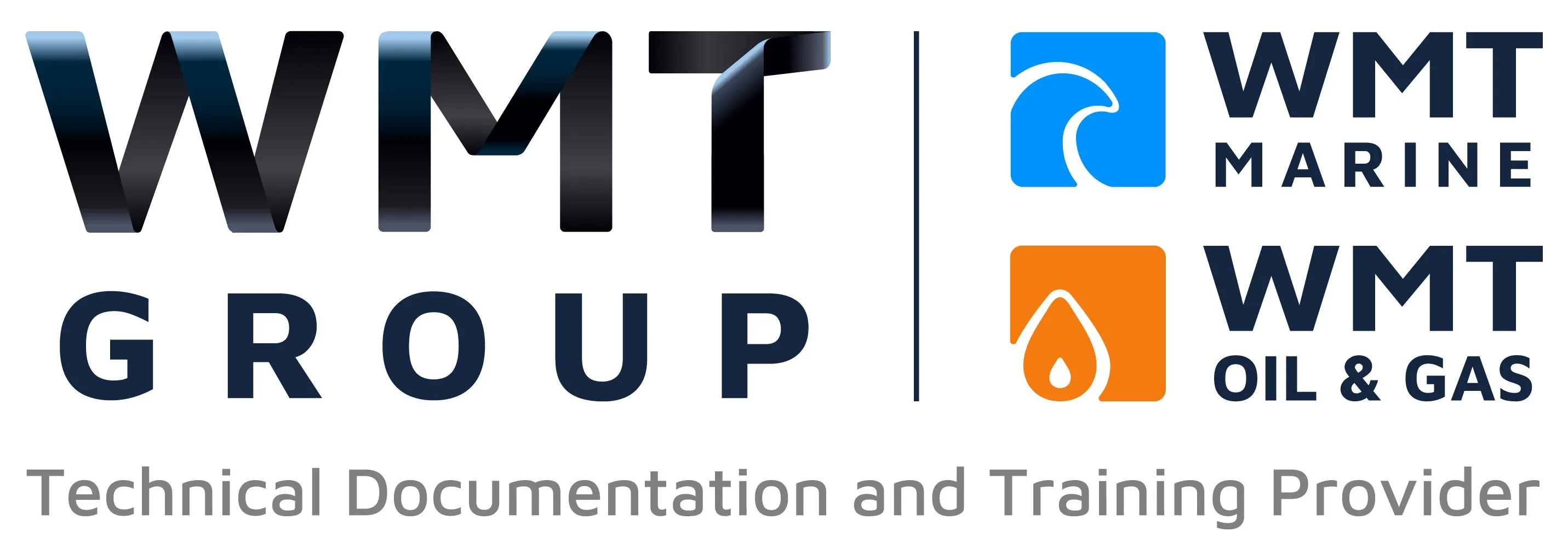The Importance of Compliance Documentation in the Maritime Sector

Compliance documentation is a cornerstone of the maritime industry, ensuring that vessels, crews, and operations adhere to international safety, environmental, and operational regulations. Without proper documentation, shipping companies risk legal penalties, operational delays, and even catastrophic accidents.
In this guide, we explore why compliance documentation is crucial in the maritime sector, key regulatory requirements, and best practices for maintaining accurate records.
Why Compliance Documentation Matters in the Maritime Industry
The maritime industry operates under strict global regulations to safeguard lives, protect the environment, and ensure efficient operations. Compliance documentation serves several critical purposes:
✅ Legal Protection – Demonstrates adherence to international laws and avoids fines or detentions.
✅ Safety Assurance – Provides structured procedures for emergency response, crew training, and equipment maintenance.
✅ Environmental Responsibility – Helps meet pollution control and sustainability standards.
✅ Operational Continuity – Ensures smooth inspections, audits, and certifications.
✅ Risk Management – Reduces the likelihood of accidents, penalties, and legal disputes.
Without proper compliance documentation, a vessel could be detained at port, leading to financial losses and reputational damage.
Key Compliance Documentation in the Maritime Sector
The maritime industry follows numerous regulatory frameworks, each requiring specific documentation. Below are the most essential compliance documents:
1. Safety Management System (SMS) Documentation
Required under the International Safety Management (ISM) Code, the SMS outlines procedures for:
- Crew safety and emergency preparedness.
- Equipment maintenance and inspections.
- Risk management and accident prevention.
2. Ship Certificates and Registrations
Vessels must carry valid certificates proving compliance with international regulations, such as:
- International Ship Safety Certificates (SOLAS-compliant).
- International Oil Pollution Prevention (IOPP) Certificate.
- Load Line Certificate (verifying safe loading limits).
- Maritime Labour Certificate (ensuring fair working conditions).
3. Crew Documentation
Proper crew documentation ensures compliance with the Standards of Training, Certification, and Watchkeeping for Seafarers (STCW). This includes:
- Seafarer identification and medical certificates.
- Training records and competency certificates.
- Work/rest hour logs (to prevent fatigue-related incidents).
4. Environmental Compliance Records
With stricter IMO environmental regulations, ships must maintain records on:
- Ballast Water Management Plans (to prevent invasive species transfer).
- Garbage Record Books (tracking waste disposal).
- Emission Control Area (ECA) compliance for fuel sulphur limits.
5. Security and Port Documentation
Ships entering international ports must comply with the International Ship and Port Facility Security (ISPS) Code, requiring:
- Ship Security Plans (SSP).
- Port State Control (PSC) inspection reports.
- Cargo and customs declarations.
Best Practices for Maintaining Compliance Documentation
To ensure smooth operations and avoid regulatory breaches, maritime companies should follow these best practices:
1. Keep Documentation Organised and Up to Date
- Store all compliance records in a centralised, easily accessible system.
- Regularly update certificates, crew documents, and safety manuals to reflect new regulations.
- Use digital documentation solutions for better accessibility and real-time updates.
2. Train Crew on Compliance Requirements
- Conduct regular training sessions on safety procedures, record-keeping, and regulatory changes.
- Ensure that officers and crew understand how to maintain accurate logs.
- Use mock inspections and drills to reinforce compliance procedures.
3. Conduct Regular Internal Audits
- Schedule routine compliance checks to identify gaps before official inspections.
- Keep detailed logs of equipment maintenance, emissions, and safety drills.
- Implement a continuous improvement process to address compliance weaknesses.
4. Use Digital Solutions for Compliance Management
Modern shipping companies are shifting towards electronic record-keeping systems, which:
- Reduce paperwork and manual errors.
- Allow real-time document access from any location.
- Automate compliance tracking and renewal alerts.
5. Prepare for Port State Control (PSC) Inspections
- Ensure all required documentation is readily available during inspections.
- Conduct pre-port compliance checks to avoid unexpected detentions.
- Keep crew informed and trained on inspection procedures.
The Future of Compliance Documentation in the Maritime Industry
With advancements in technology and stricter environmental regulations, the maritime sector is moving towards:
- Blockchain-based record-keeping for enhanced security and transparency.
- AI-driven compliance monitoring to automate regulatory checks.
- Cloud-based documentation systems for seamless access and sharing.
Shipping companies that embrace digital compliance solutions will improve efficiency, reduce risks, and stay ahead of evolving regulations.
Final Thoughts
Compliance documentation is not just about meeting legal requirements—it plays a vital role in safety, environmental protection, and operational success in the maritime sector. By maintaining accurate, up-to-date records and leveraging digital solutions, shipping companies can ensure smooth operations and avoid costly penalties.
With the right approach, compliance documentation becomes an asset that supports a safer, more efficient maritime industry.
